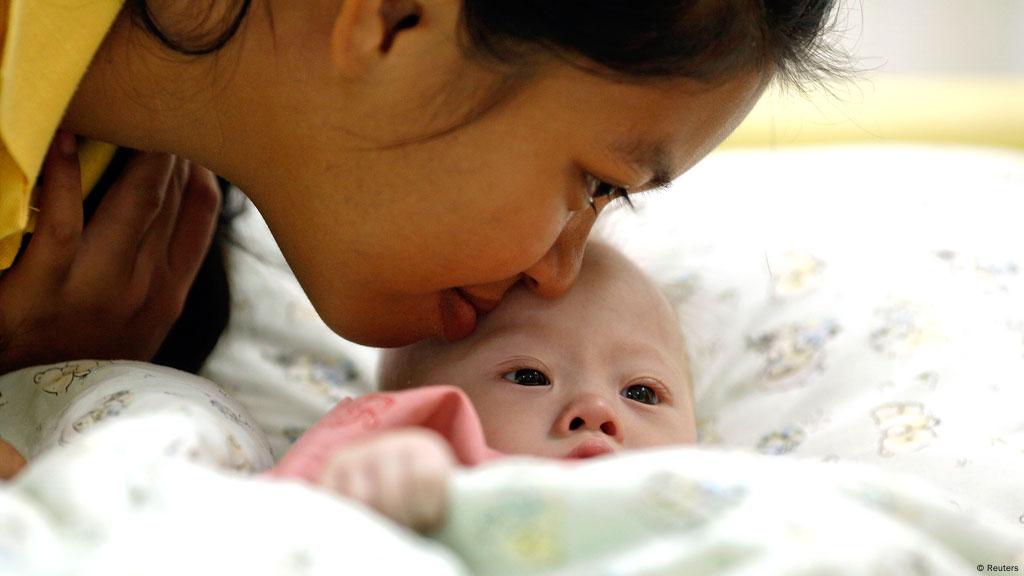
The combined, quadruple and NIPT screening tests can't tell you for sure that the baby you're expecting has Down's syndrome.

NIPT is more accurate than the combined and quadruple tests and helps to reduce the number of women being offered an invasive diagnostic test that also carries a small risk of miscarriage (RCOG 2020). It is also available to pay for privately from 10 weeks of pregnancy (Palomaki et al 2021). You may be offered the quadruple test on the NHS if you live in Northern Ireland (NI Direct nd).Īnother screening test, called non-invasive prenatal testing (NIPT), is available on the NHS as a next step in England, Scotland and Wales, if you have a higher-chance result from an initial screening test (NHS Inform 2019, PHE 2021, PHW 2018). The quadruple test is a single blood test that uses four markers to test for Down's syndrome and is less accurate than the combined test (PHE 2021a). This is offered if an ultrasound scan hasn't provided enough information or if you are too far along to have the combined test (NHS 2021). This is called the combined screening test and is available on the NHS in England, Scotland and Wales (NHS Inform 2019, PHE 2021a, PHW 2018).Īlternatively, you may be offered a test called the quadruple test, which can be used up to 20 weeks of pregnancy. Initial screening usually involves a blood test and an ultrasound scan between 11 weeks and 14 weeks of pregnancy. You will usually be offered at least one screening test for Down's syndrome, which can be followed up with diagnostic tests if needed. However, it may surprise you to know that most babies with Down's syndrome are born to women under 35 years of age, because younger women on average are more fertile (DSA 2015a).Ĭan Down's syndrome be diagnosed before birth?Yes. The chances of having a baby with Down's syndrome are higher for women who conceive when they are older. This happens in some, but not all, translocation-type Down's syndrome cases (DSA 2015a). The vast majority of cases are not inherited, and happen by chance at conception (DSA 2015a, NHS 2015a).Ībout one baby in 100 inherits the condition from a parent, even if neither parent has Down's themselves. Why are some babies born with Down's syndrome?We don't know why some babies are born with Down's syndrome. a short, stocky body shape (Chen 2015, DSA 2015a).a big space between her first toe and second toe (sandal gap).broad hands with short fingers, and a little finger that curves inwards.a head shape that is flatter at the back.a small mouth, which can make her tongue seem slightly large.a single crease that runs across her palms.loose muscles and joints (she may seem floppy).If your baby has been diagnosed with Down's syndrome, she may have some or all of the following physical features: However, no baby has them all, and some are perfectly healthy (DSA 2015a). They also are prone to certain medical problems.


It affects about one baby in every 1,000 born in the UK (Morris and Springett 2014).Īll children with Down's syndrome have a learning disability, but the degree of disability depends on the child. The condition is more common than you may think. Generally, the three types of Down's syndrome have the same range of symptoms. About two per cent of babies with Down's syndrome have this type (DSA 2015a). Mosaic, in which only some of the body's cells have an extra chromosome 21.Around four per cent of babies with Down's syndrome have this type. Translocation, in which some extra chromosome 21 material is attached to another chromosome.In Trisomy 21, every cell in the body has an extra chromosome 21. Trisomy 21 is the most common form of Down's syndrome (about 94 per cent of babies born with the condition).There are three types of Down's syndrome: Having the extra chromosome can affect all parts of the body, disrupting development (GHR 2016).Īs a result, babies born with Down's syndrome have characteristic physical features and typically go on to have some level of learning disability. This makes a total of 47 chromosomes per cell (NHS 2015a). Down's syndrome happens when, at fertilisation, a baby somehow starts life with one more chromosome in each cell than is usual.Ī baby without Down's has 46 chromosomes in each cell, having inherited 23 chromosomes from her mum and 23 from her dad.Ī baby with Down's syndrome has an extra copy of a particular chromosome – chromosome 21 – in some or all of her cells (NHS 2015a).

Chromosomes are the DNA packages in our cells that carry our genes. What is Down's syndrome?Down's syndrome is a genetic condition.


 0 kommentar(er)
0 kommentar(er)
